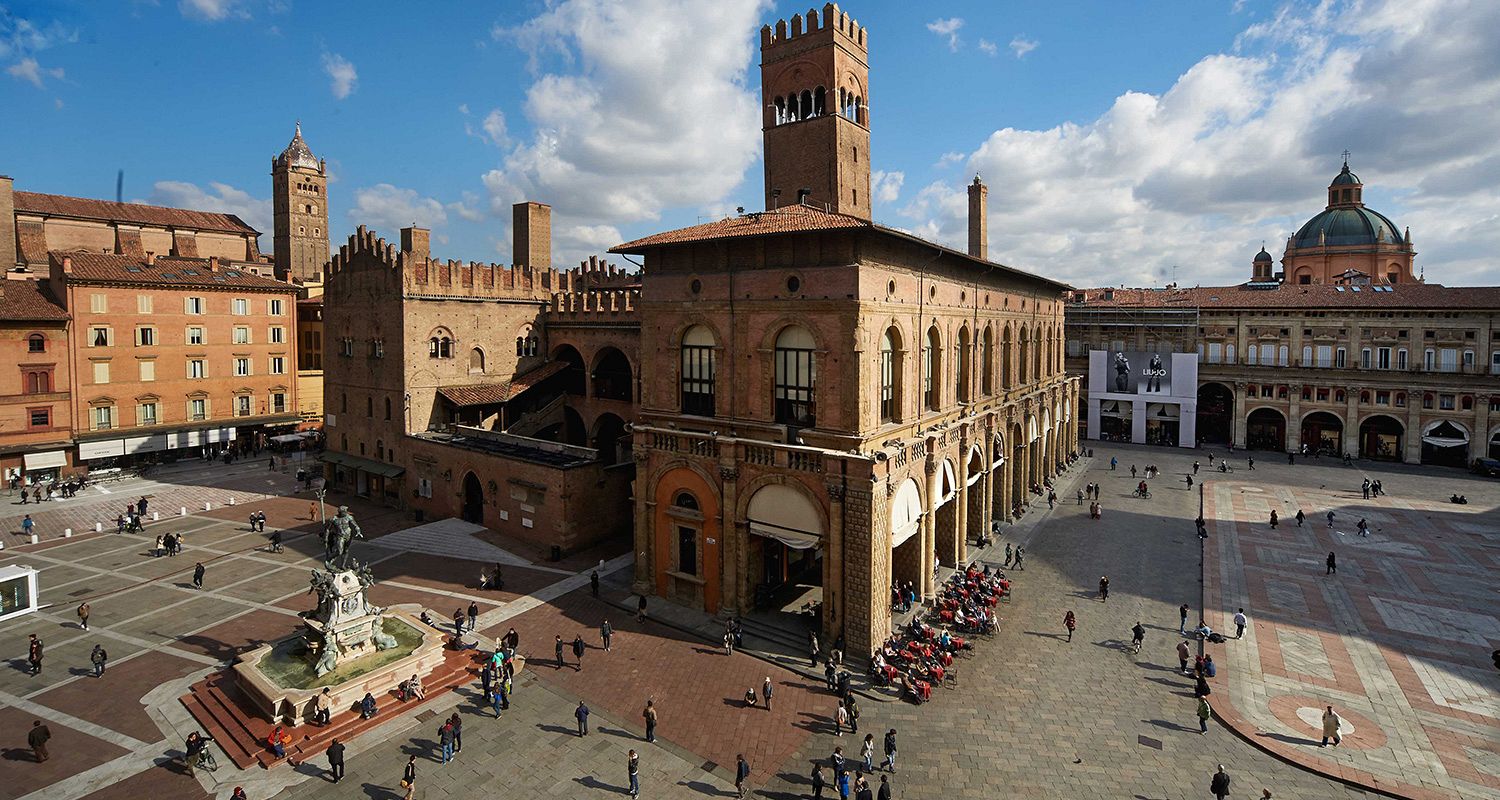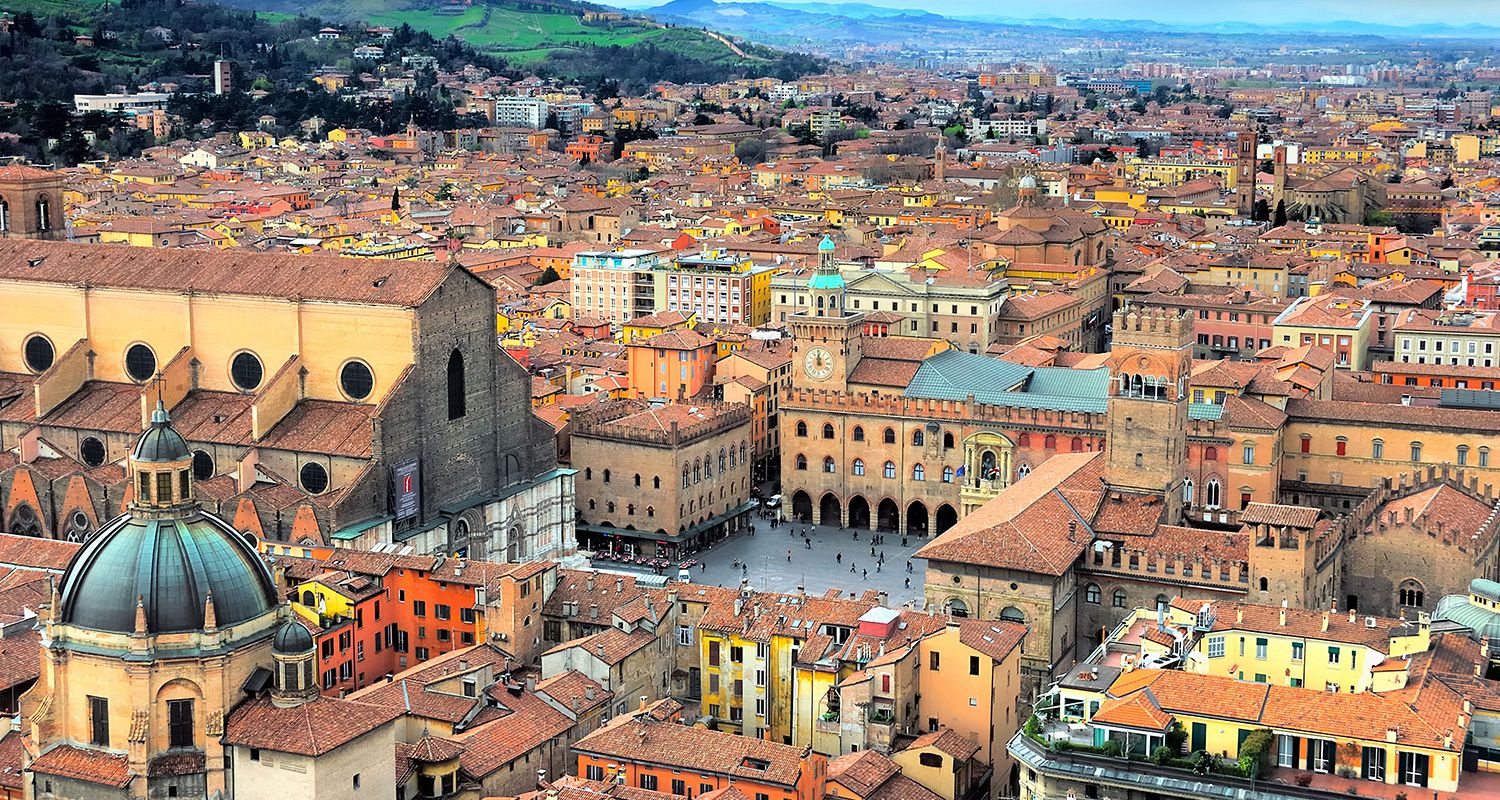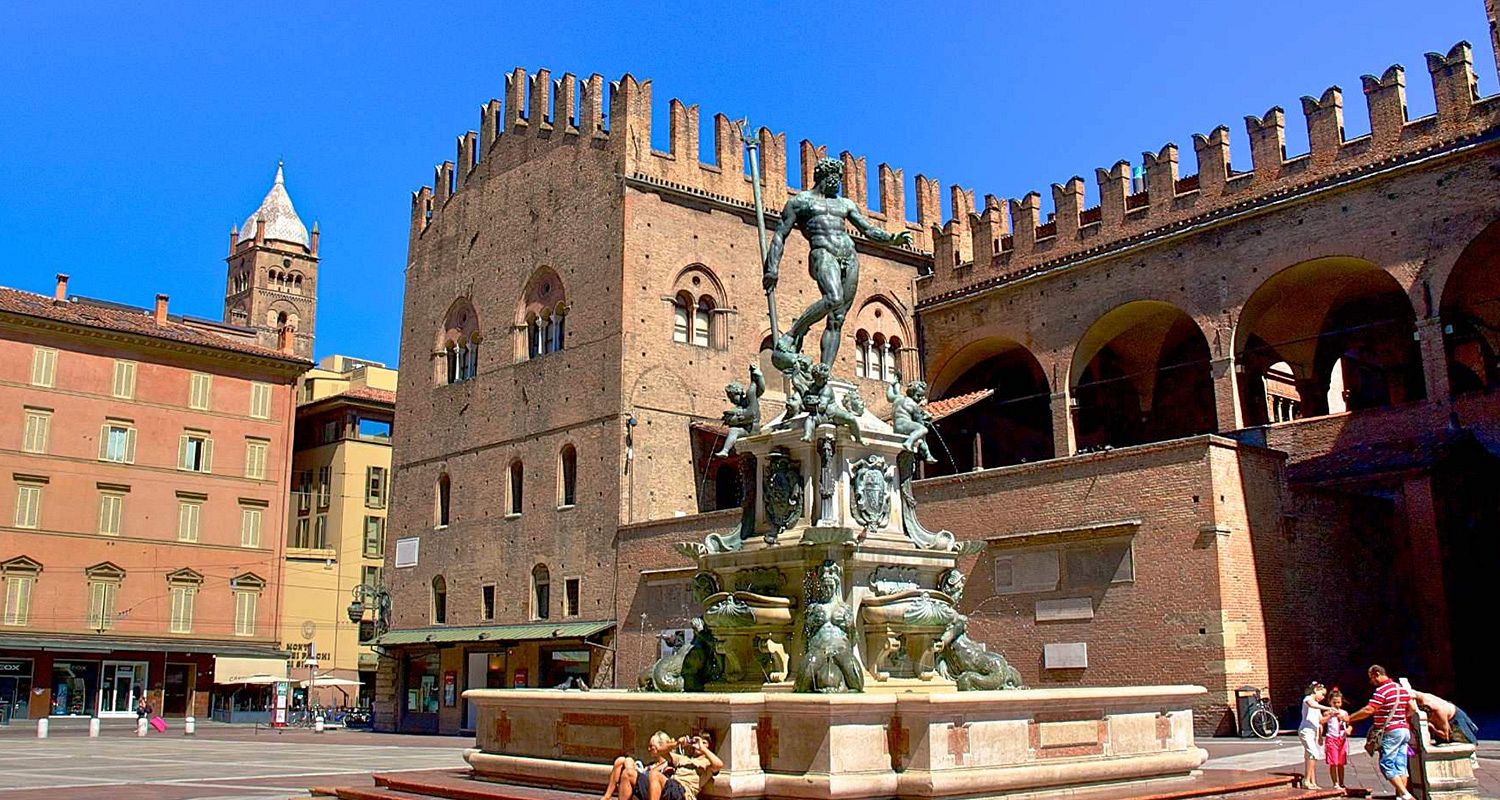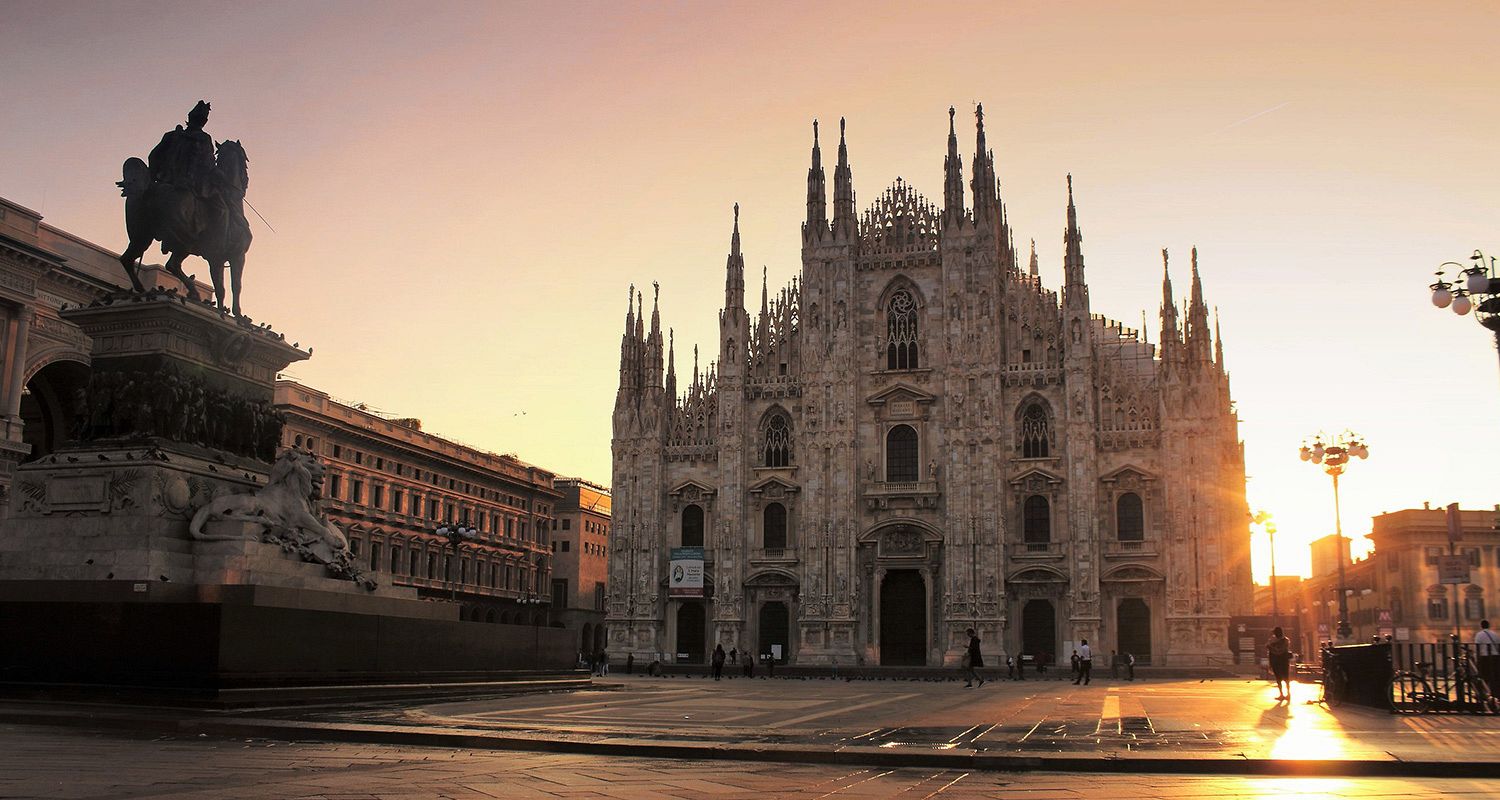
Transfer Tours
- From Florence to Venice or Milano with stop in bologna at “FICO Eataly World”
- From Florence to Rome with stop in San Gimignano & Siena
- From Florence to Rome with stop in Perugia & Assisi
- From Florence to Rome via Chianti
- From Florence to Rome with stop in Orvieto
- From Florence to Rome with stop in Pienza & Montepulciano
- From Florence to Rome with Outlets stop
- From Florence to Venice with stop in Padova
- From Florence to Venice with stop in Bologna
- From Florence to Milano with stop in Bologna
- Tours in Tuscany Rent a Car With Driver Service
- From Florence to Milano with stop at Maranello (Ferrari museum)
- From Florence to Rapallo, Santa Margherita Ligure, Portofino with stop in Pisa
- Tours in Florence Car Service
- From Florence to Rapallo, Santa Margherita Ligure, Portofino with stop in 5 Terre
- Customized Transfer Tour
From Florence to Milano with stop in Bologna
Your driver will pick you up at your hotel/apartment in FLORENCE
and he’ll drive you to MILANO with stop in BOLOGNA.
Bologna was founded by the Etruscans with the name Felsina in an area previously inhabited by the Villanovians, a people of farmers and shepherds. The Etruscan city grew around a sanctuary built on a hill, and was surrounded by a necropolis.
In the fourth century BC, the city was conquered by the Boii, a Gallic tribe, from which came the ancient name Bononia of the Roman colony founded in c.189 BC. The settlers included three thousand Latin families led by the consuls Lucius Valerius Flaccus, Marcus Atilius Seranus, and Lucius Valerius Tappo. The building of the Via Aemilia in 187 BC made Bologna a road hub, connected to Arezzo through the Via Flaminia minor and to Aquileia through the Via Aemilia Altinate.
In 88 BC, the city became a municipium: it had a rectilinear street plan with six cardi and eight decumani (intersecting streets) which are still discernible today. During the Roman era, its population varied between c.12,000 to c.30,000. At its peak, it was the second city of Italy, and one of the most important of all the Empire, with various temples and baths, a theatre, and an arena. Pomponius Mela included Bononia among the five opulentissimae ("richest") cities of Italy. Although fire damaged the city during the reign of Claudius, the Roman Emperor Nero rebuilt it in the first century AD.
After a long decline, Bologna was reborn in the fifth century under bishop Petronius, who traditionally built the church of S. Stefano. After the fall of Rome, Bologna was a frontier stronghold of the Exarchate of Ravenna in the Po plain, and was defended by a line of walls which however did not enclose most of the ancient ruined Roman city. In 728, the city was captured by the Lombard king Liutprand, becoming part of the Lombard Kingdom. The Germanic conquerors formed a district called "addizione longobarda" near the complex of S. Stefano, where Charlemagne stayed in 786.
In the eleventh century, Bologna began to grow again as a free commune, joining the Lombard League against Frederick Barbarossa in 1164. In 1088, the Studio was founded, now the oldest university in Europe, which could boast notable scholars of the Middle Ages like Irnerius, and, among its students, Dante, Boccaccio and Petrarca. In the twelfth century, the expanding city needed a new line of walls, and another was completed in the fourteenth century.
In 1256, Bologna promulgated the Legge del Paradiso ("Paradise Law"), which abolished feudal serfdom and freed the slaves using public money. At that time the city centre was full of towers (perhaps 180), built by the leading families, notable public edifices, churches, and abbeys. In the 1270s Bolognese politics was dominated by the lettered Luchetto Gattilusio who served as podestà. Like most Italian cities of that age, Bologna was torn by internal struggles related to the Guelph and Ghibelline factions, which led to the expulsion of the Ghibelline family of the Lambertazzi in 1274.
In 1294, Bologna was perhaps the fifth or sixth largest city in Europe, after Cordoba, Paris, Venice, Florence, and, probably, Milan, with 60,000 to 70,000 inhabitants. After being crushed in the Battle of Zappolino by the Modenese in 1325, Bologna began to decay and asked the protection of the Pope at the beginning of the fourteenth century. In 1348, during the Black Plague, about 30,000 inhabitants died.
After the happy years of the rule of Taddeo Pepoli (1337-1347), Bologna fell to the Visconti of Milan, but returned to the Papal orbit with Cardinal Gil de Albornoz in 1360. The following years saw an alternation of Republican governments like that of 1377, which was responsible for the building of the Basilica di San Petronio and the Loggia dei Mercanti, and Papal or Visconti restorations, while the city's families engaged in continual internecine fighting. In the middle of the fifteenth century, the Bentivoglio family gained the rule of Bologna, reigning with Sante (1445-1462) and Giovanni II (1462-1506). This period was a flourishing one for the city, with the presence of notable architects and painters who made Bologna a true city of art. During the Renaissance, Bologna was the only Italian city that allowed women to excel in any profession. Women there had much more freedom than in other Italian cities; some even had the opportunity to earn a degree at the university.
Giovanni's reign ended in 1506 when the Papal troops of Julius II besieged Bologna and sacked the artistic treasures of his palace. From that point on, until the eighteenth century, Bologna was part of the Papal States, ruled by a cardinal legato and by a Senate which every two months elected a gonfaloniere (judge), assisted by eight elder consuls. In 1530, in front of Saint Petronio Church, Charles V was crowned Holy Roman Emperor by Pope Clement VII.
The city's prosperity continued, although a plague at the end of the sixteenth century reduced the population from 72,000 to 59,000, and another in 1630 to 47,000. The population later recovered to a stable 60,000-65,000. In 1564, the Piazza del Nettuno and the Palazzo dei Banchi were built, along with the Archiginnasio, the seat of the University. The period of Papal rule saw the construction of many churches and other religious establishments, and the renovation of older ones. Bologna had ninety-six convents, more than any other Italian city. Artists working in this age in Bologna established the Bolognese School that includes Annibale Carracci, Domenichino, Guercino and others of European fame.
With the rise of Napoleon, Bologna became the capital of the Repubblica Cispadana and, later, the second most important centre after Milan of the Repubblica Cisalpina and the Italian Kingdom. After the fall of Napoleon, Bologna suffered the Papal restoration, rebelling in 1831 and again 1849, when it temporarily expelled the Austrian garrisons which commanded the city until 1860. After a visit by Pope Pius IX in 1857, the city voted for annexation to the Kingdom of Sardinia on June 12, 1859, becoming part of the united Italy.
In the new political situation, Bologna gained importance for its cultural role and became an important commercial, industrial, and communications hub; its population began to grow again and at the beginning of the twentieth century the old walls were destroyed (except for a few remaining sections) in order to build new houses for the population.




